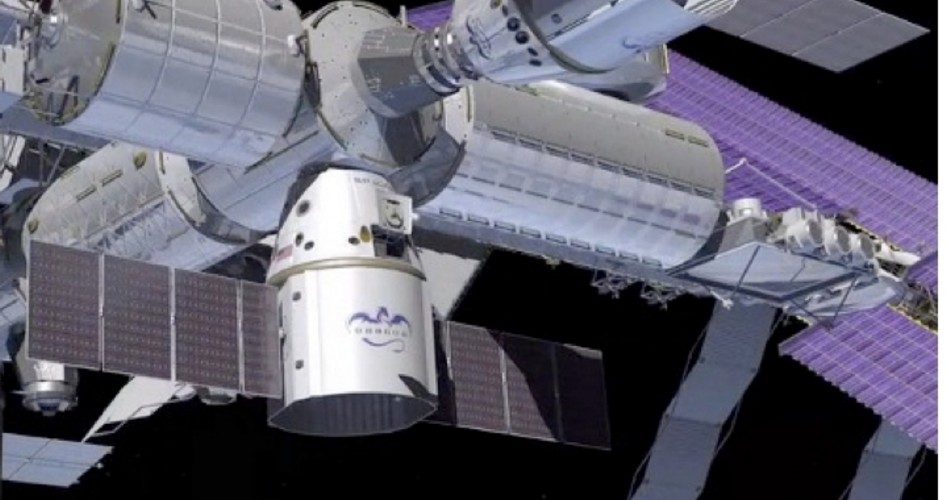
For the first time since the cancellation of NASA’s space shuttle program, an American resupply capsule is docking with the International Space Station (ISS), bringing needed supplies. The historic mission marks a “first” in the space agency’s history, with NASA relying on a private company — SpaceX — to fulfill a role once filled by agency-owned spacecraft.
When the Dragon capsule docks with the ISS on Wednesday, it will mark the second time that one of the SpaceX-owned craft has docked with the space station. A “dry run” mission in May of this year demonstrated that the Dragon capsule was capable of accomplishing the role for which NASA needed it to fulfill: restoring an American capacity to resupply the ISS, which the agency was primarily responsible for constructing in Earth orbit. Overcoming the skepticism of critics of privately owned space ventures, SpaceX demonstrated it was capable of taking the place of the mothballed space shuttle fleet — at least when it comes to helping to keep the ISS functioning. Aside from the governmental space programs of the United States, Russia, Japan, and the European Union, only SpaceX has sent a capsule to the ISS.
The latest mission began with the launch of a Falcon 9 rocket launching a Dragon module with 1,000 pounds of supplies on its way to the ISS. According to press reports, the resupply mission is the first of 12 that NASA has contracted with SpaceX at a cost of $1.6 billion — a cost vastly less than a comparable number of missions would have required using the old shuttle fleet. According to an article at Boston.com, the Dragon capsule is unique among the space craft currently being used for resupply missions because it has the capacity to return cargo to Earth from the station:
Especially exciting for NASA is the fact that the Dragon will return twice as much cargo as it took up, including a stockpile of astronauts’ blood and urine samples. The samples — nearly 500 of them — have been stashed in freezers since Atlantis made the last shuttle flight in July 2011.
The Dragon will spend close to three weeks at the space station before being released and parachuting into the Pacific at the end of October. By then, the space station should be back up to a full crew of six.
None of the Russian, European or Japanese cargo ships can bring anything back; they’re destroyed during re-entry. The Russian Soyuz crew capsules have limited room for anything besides people.
The involvement of a private company in the resupply of the ISS not only opens an expanded role for nongovernmental access to space — it continues to demonstrate America’s lead in space exploration.
Thus far, the only difficulty related to the current mission was a glitch related to the launch of an industrial communications satellite for the Orbcomm corporation. The Washington Post reported that problems related to the satellite stem from NASA regulations pertaining to the operation of rockets with payload that is ultimately destined for the ISS:
The original plan was for Falcon to fire its second stage engines after Dragon left and then deploy an industrial communications satellite into orbit for Orbcomm of Dulles, Va.
Because this is a new resupply ship for the space station, NASA and its international partners had set detailed safety rules in advance for Falcon, even though the engine failure was far from the station. And those rules prevent SpaceX from firing its second stage engines, Orbcomm said in a statement.
The satellite is in a lower orbit and engineers are trying to figure out how to boost it, Orbcomm said.
This was the first of 18 satellites that Orbcomm had hired SpaceX to deliver. The satellites help in two-way communications for companies to track their heavy equipment across the world. The company wouldn’t respond to questions about the cost of the satellite or launch services.
In a situation where the safety of the ISS and its crew are necessarily of paramount concern, the difficulties pertaining to the launch of the Orbcomm satellite demonstrate that space flight is still far from routine. But, more importantly, the mission is thus far demonstrating that there is place for an expanding role for private industry in expanding the human presence in space.



